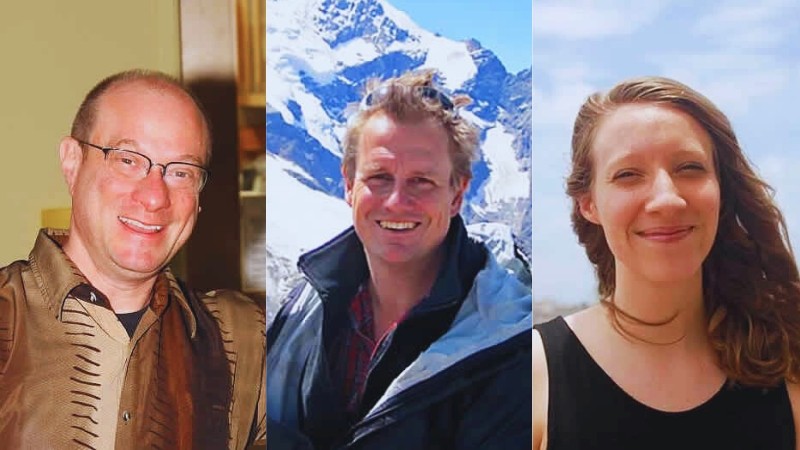Team co-led by Columbia University is awarded National Science Foundation (NSF) Grant to Study Glaciers and Climate in Chile

Michael Kaplan and Joerg Schaefer from Columbia's Lamont-Doherty Earth Observatory (LDEO), in association with Chilean researchers and students, will participate in a research project funded by the National Science Foundation (NSF) in the country’s central area and southern tip to determine glacier sensitivity to past climate changes. Carly Peltier, a doctoral student in Columbia University’s Earth and Environmental Sciences Ph.D. program, will also be part of this three-year research project, which began in August 2018.
The Columbia scientists will be joined by a team of local experts which include Juan Carlos Aravena from Universidad de Magallanes’ Centro de Investigación Gaia Antártica (CIGA); Esteban Sagredo from Universidad Católica; and Maisa Rojas and Patricio Moreno from Universidad de Chile, who will be acting as advisors to Chilean graduate students that will also participate in the project.
Mountain glaciers respond sensitively to changes in Earth's atmosphere, such that records of their history serve as a useful proxy for past climates. Thus, comprehensive records of glacier extents can be combined with other types of climate archives to provide a perspective from the past on the present controls on the climate system.
This project will build on recent observations by the researchers, who found that glacier and climate histories at the southern tip of South America showed different patterns from those observed in North America and Europe. Based on these observations, it will examine recent variability in glaciers and climates along middle to high latitudinal gradients in South America, which can be used to test hypotheses regarding factors that controlled glacier activities prior to instrumental records of climate. Thus, this perspective of glacier sensitivity to past climate changes will help improve understanding of present and projected climate changes.
The team will include the collaboration of a graduate student from the Medill School of Journalism, who will join the field research team to produce a media package that will be of broad public interest. The researchers will also engage K-12 science teachers and hence their students through the Earth2Class program at Lamont-Doherty Earth Observatory.
To understand better how glaciers and climate changed in the past in Chile, specifically, the project will: 1) map glacial features and collect samples from sites in southern and central Chile; 2) employ state-of-the-art geological dating techniques on these same glacial features to determine their ages, some of which are expected to be as young as historical records;3) collaborate with climate-glacier modeling experts to reconstruct the past causal temperature and precipitation changes; 4) collaborate with a global climate modeler to provide insight into former possible regional and hemispherical climate forcings, and 5) integrate findings into larger interdisciplinary efforts.
This understanding of the history of glacier sensitivity and responses to past climate change will provide a perspective on our understanding of present changes, and provide test data sets for global climate models.